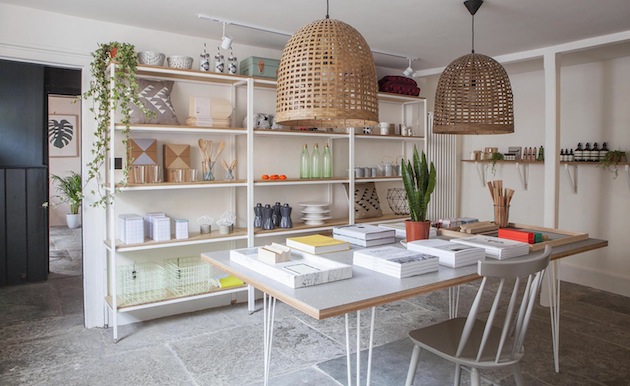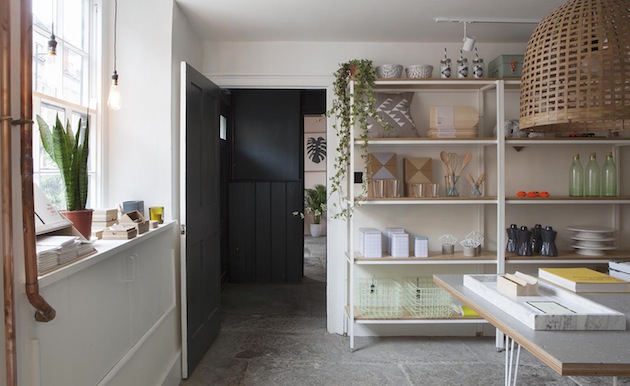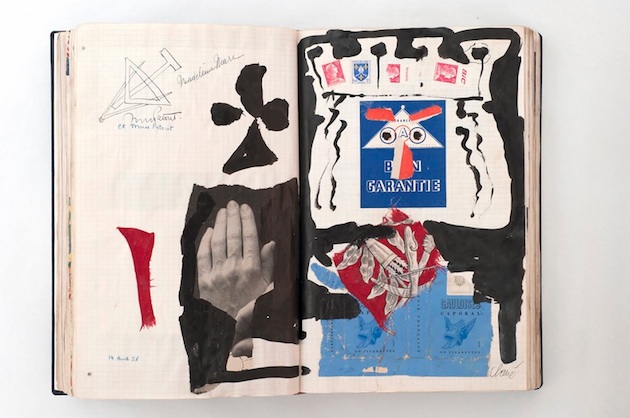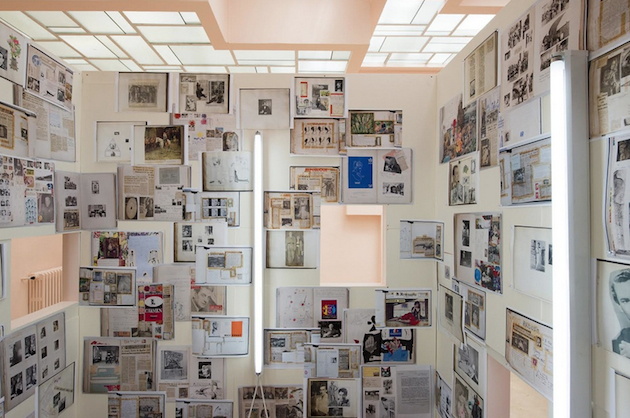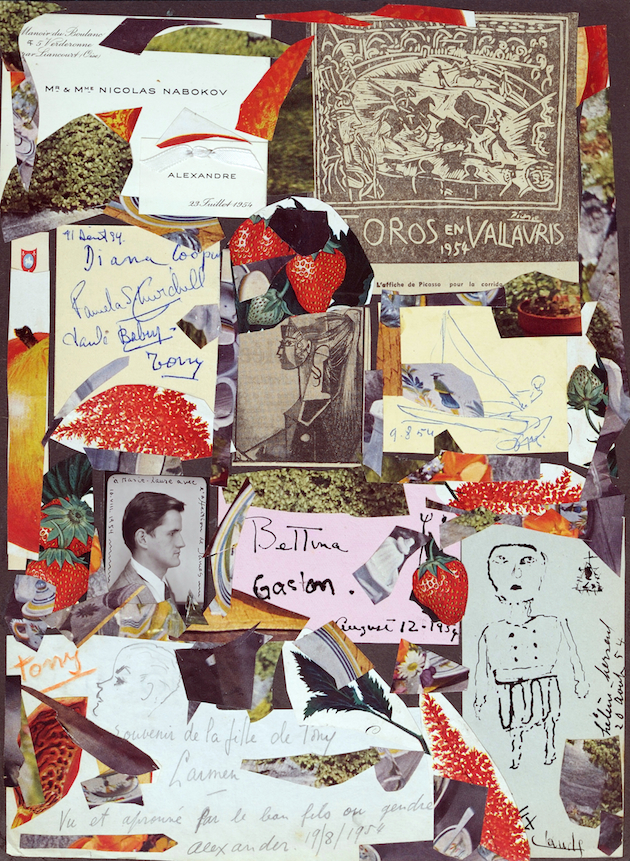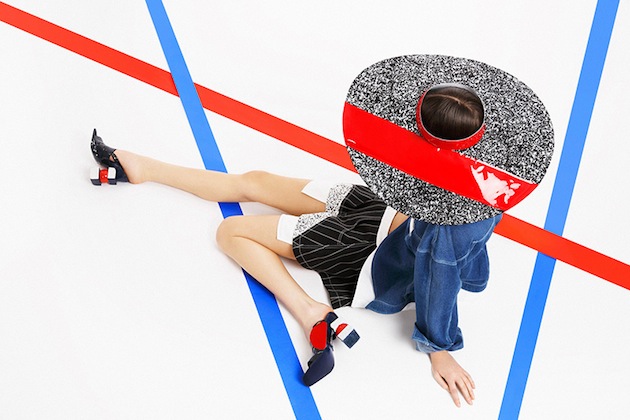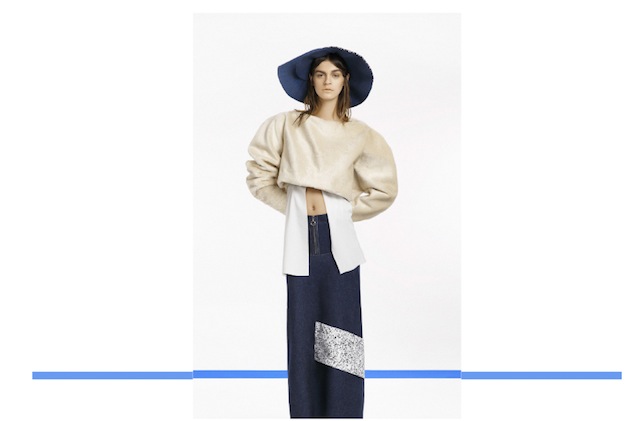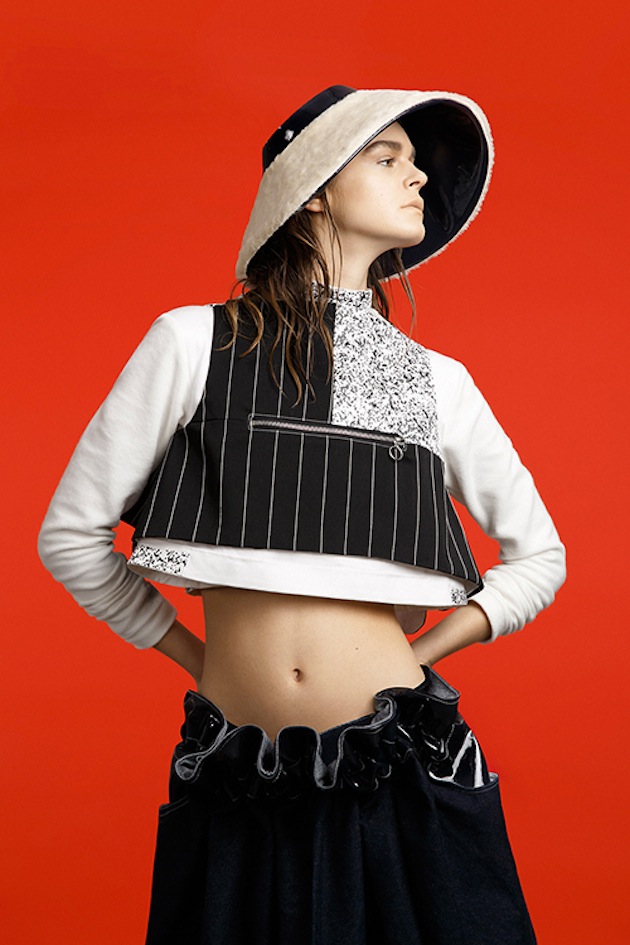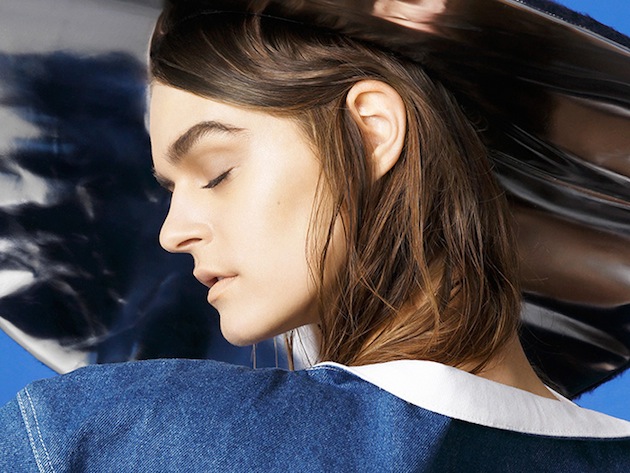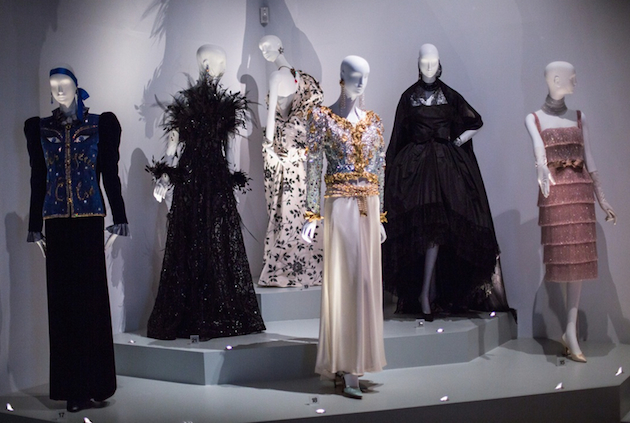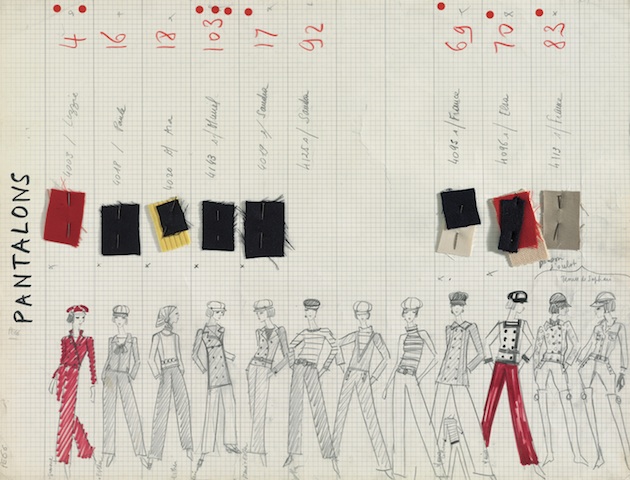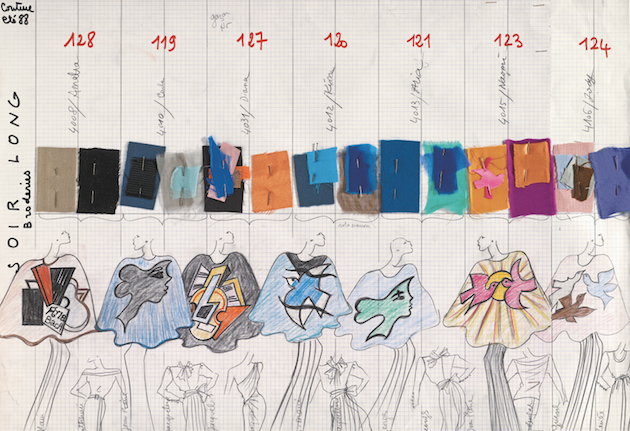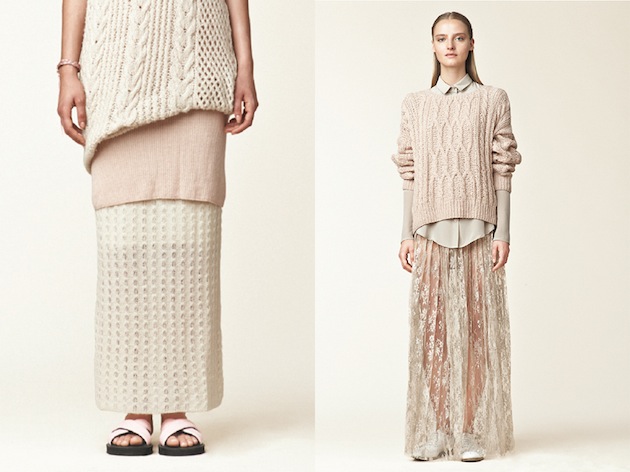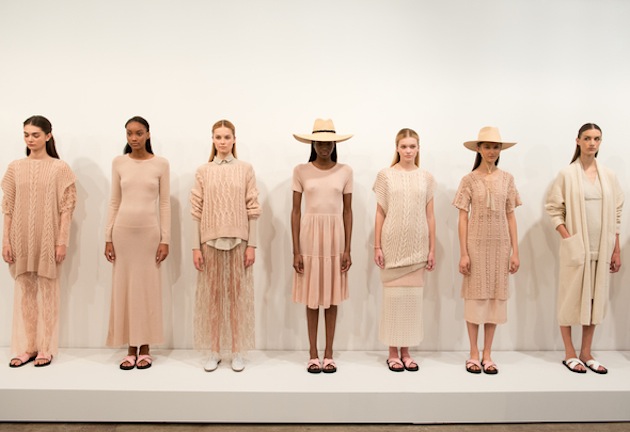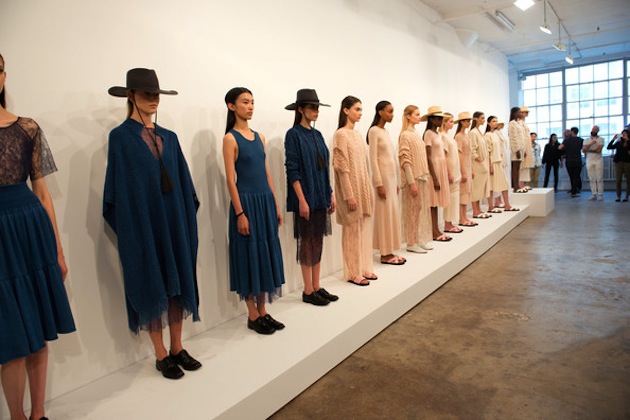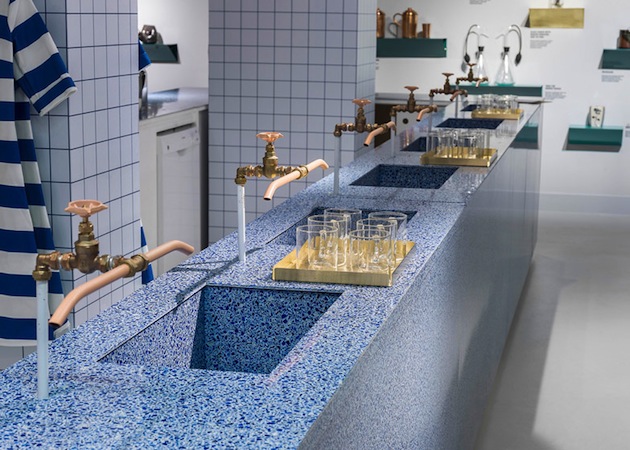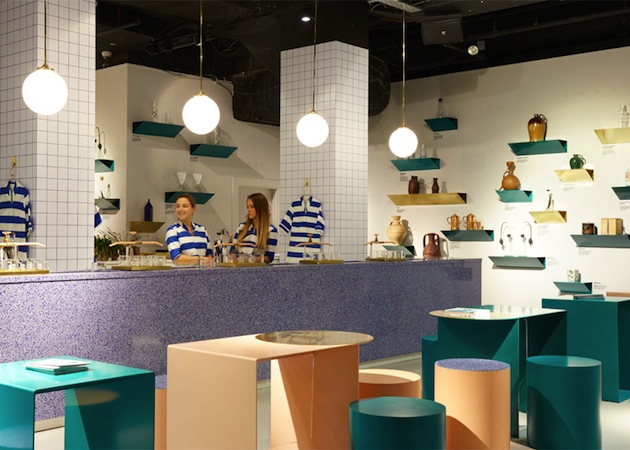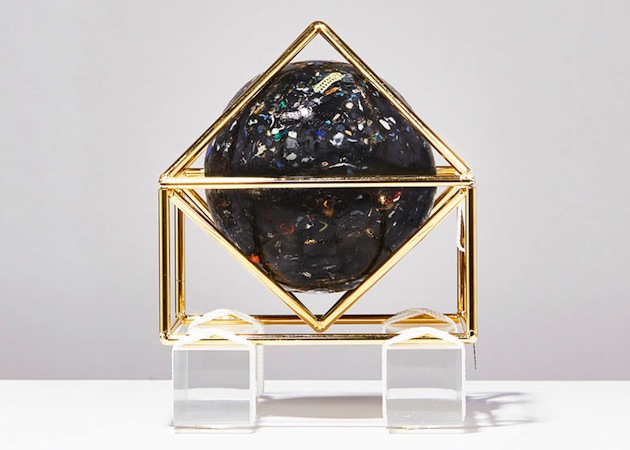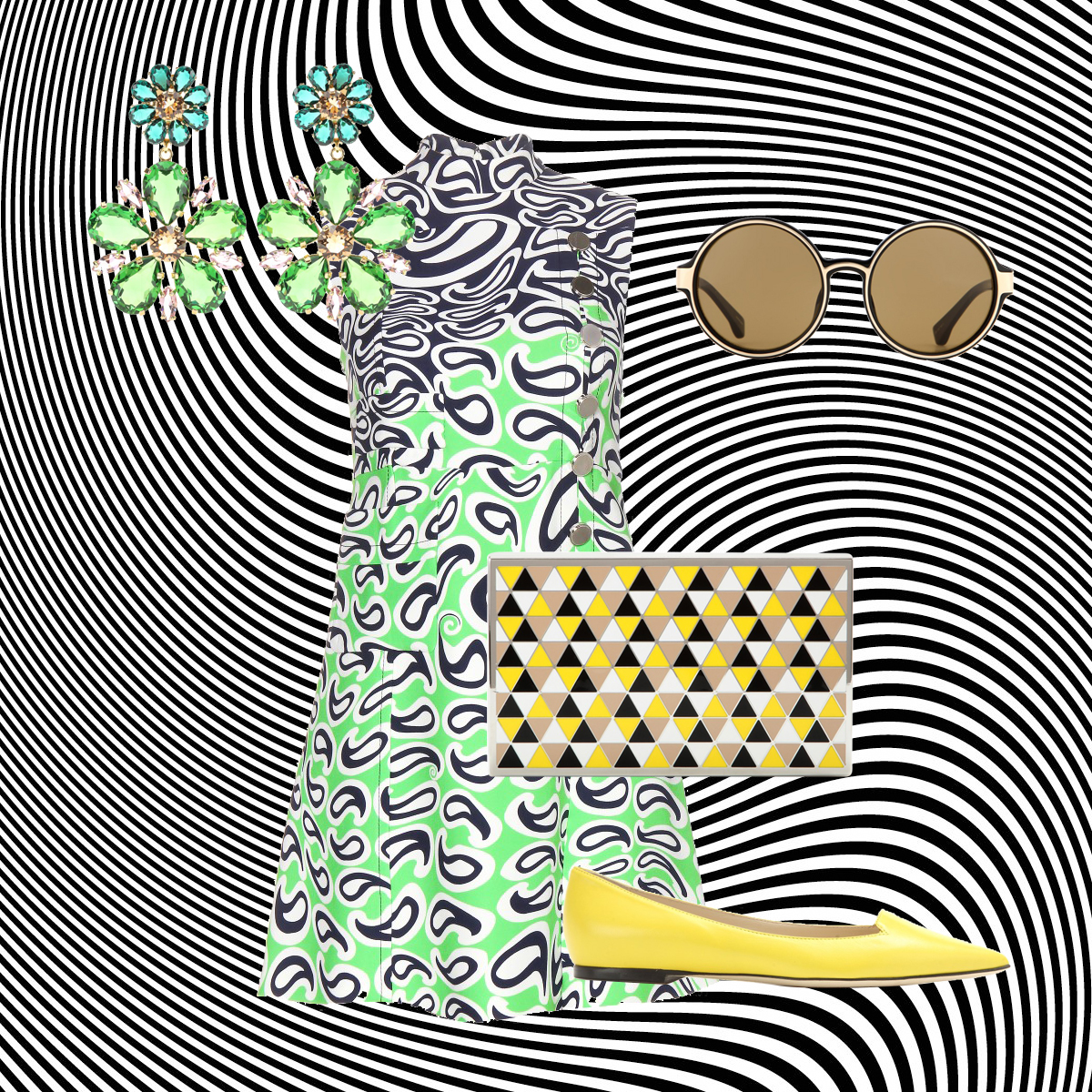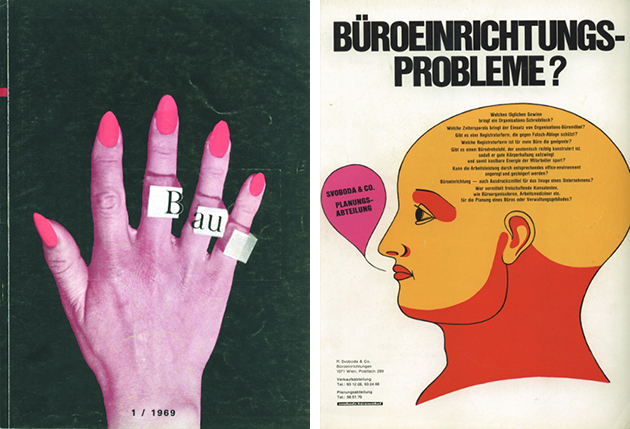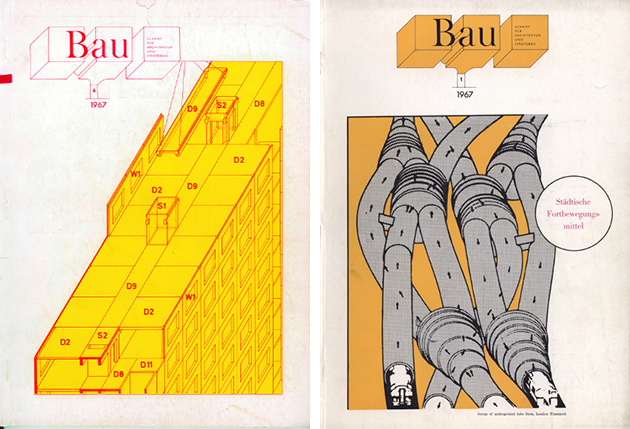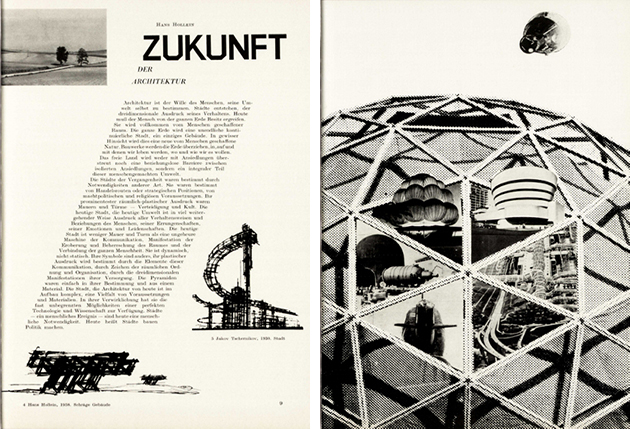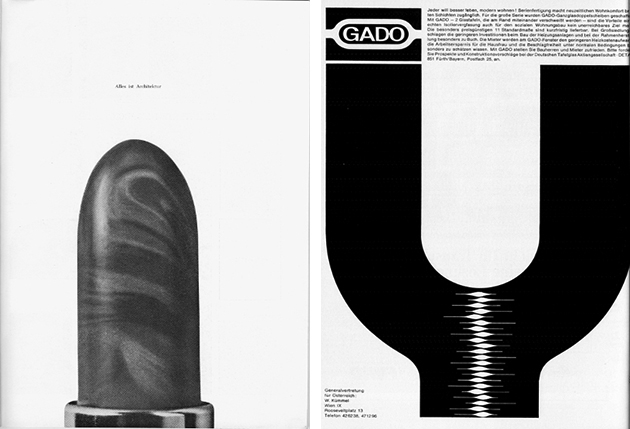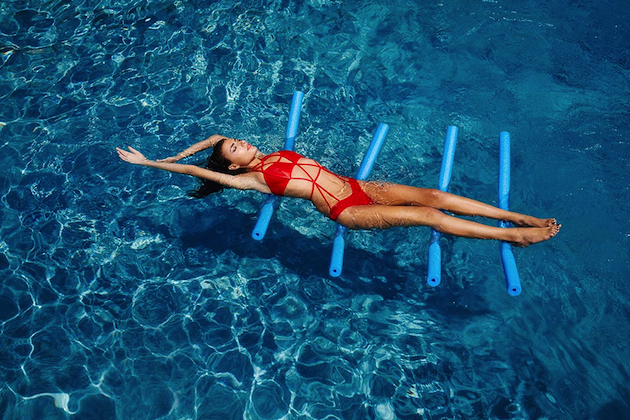
Even though most of the Summer has already passed, there are still a couple of weeks of sun left. For those of you who still have to head for your yearly sunny holidays, it is necessary to evaluate what are the best beachy looks. For this season, the top trends for swimwear have been influenced by a bohemian 1970s flair like a one-piece in a halterneck style, which create a silhouette that makes it easier to cross-over a beach day to night look, as another trend developed to utilize these often underused garments to their full potential. Another big trend are, of course, the sporty influences that seem to go hand in hand with the fitness trend, still alive and raging.
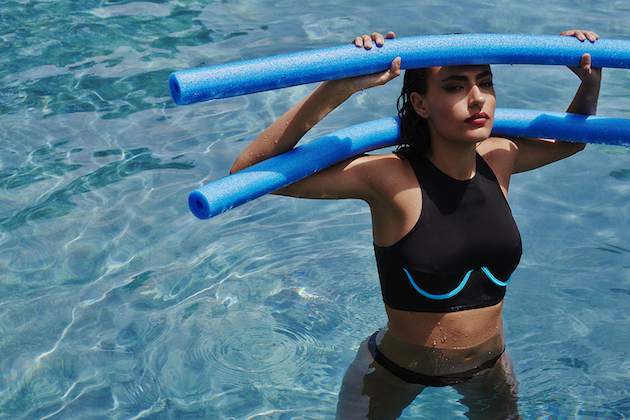
Overall, the Summer of 2015 has proven that swimwear can be looked at as an underestimated piece of clothing. In an era when the body, crop top and underwear as outerwear trends have been made almost basic in women’s wardrobe, to include swimwear as part of that and take it beyond the beach and waves, seems a natural progression.
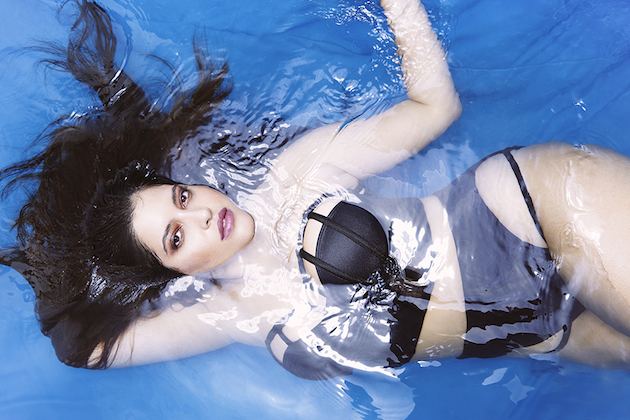
As an example of this approach to swimwear design, the design label Chromat could not but be discussed. Chromat is a collection of swimwear, lingerie and clothing of an architectural type, with designer Becca McCharen calling her creations “structural experiments for the human body.” Visually she has become famous for fashioning cages for the body that stand away from the arches of the hips and shoulders almost as a framework of the human form. She has gained the attention and designed for celebrities such as Beyoncé and Madonna, accentuating in both form and prestige the significance of her garments, while adding to the debate of the future of fashion and the expansion of the basic wardrobe. For McCharen our bodies can be viewed as a latent collection of data; design and technology are therefore naturally linked. Chromat’s latest collection is a perfect example of the brand’s signature style of graphic silhouettes fused with sporty architectural influences. With straps of fabric and pops of color, the collection highlights the human body in whatever shape or form.
Victoria Edman